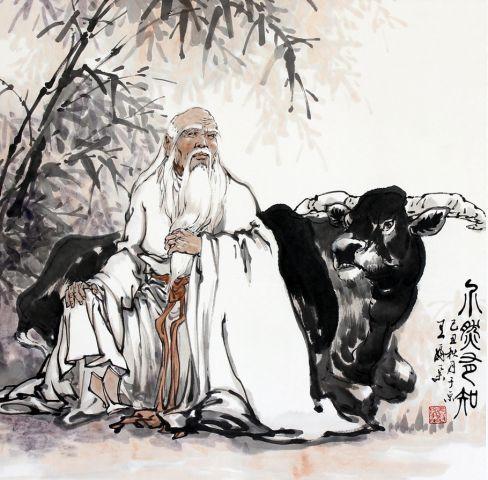一、用’s表示
主要表示有生命的事物或自然界独一无二的事物以及时间距离等所有格,如the world’s,the sun’s,the earth’s,today’s,yesterday’s等。有生命的人或物的所有格用’s表示,有时也可用of表示。如a man’s voice=the voice of a man。
1. 单数名词词尾加“’s”,复数名词词尾没有s,也要加“’s”。
例the boy’s bag 男孩的书包
men’s room 男厕所
2. 若名词已有复数词尾又是s ,只加“’”。
例 the workers’ struggle 工人的斗争
3. 凡不能加“’s”的名词,都可以用“名词 of 名词”的结构来表示所有关系。
例 the title of the song 歌的名字
4. 在表示店铺或教堂的名字或某人的家时,名词所有格的后面常常不出现它所修饰的名词。
例 the barber’s 理发店
5. 如果两个名词并列,并且分别有’s,则表示“分别有”;只有一个’s,则表示“共有”。
例 John’s and Mary’s room(两间)
John and Mary’s room(一间)
6. 在复合名词或短语中,’s 加在最后一个词的词尾。
二、用of表示
1.名词的所有格形式除’s外,还可用of 名词构成短语修饰前面的名词或表示两个名词间的所有关系。
2. 使用名词所有格须注意: 一般地说, ’s 所有格多用于有生命的东西,of 所有格多用于无生命的东西,但也有许多例外。
1)表示天体的名词的所有格用’s。
例 the sun’s heat the moon’s surface
2)表示地区机构的名词的所有格用’s。
例 the city’s development
the government’s plan
3)表示度量与货币价值的所有格用’s。
例 ten kilometres’ distance
200 dollars’ worth of goods
4)表示“有关……”非所有关系的用 of 介词短语。
例 students of the school the statue of liberty
5)表示同位关系的用 of 介词短语。
例 the city of Pisa
6)表示部分或全部的用 of 介词短语。
例 the bottom of the sea the majority of people
7)表示抽象概念的用 of 介词短语。
例 the cost of living the news of success
8)名词本身带有后置修饰语或含有“the 形容词”表示一类人,其所有格用 of 介词短语。
例 the housing problem of the poor
the skills of the workers who have been well trained

三、’s和of双重表示
当被修饰的名词前有指示代词、疑问代词、不定代词或数词等限定词时,用双重所有格。双重所有格即 “ of 名词’s 所有格”,表示整体中的一个或部分。用于修饰of前面的名词,但此时of前面的名词一定要有一个a(an),two,any,some,several,no,few,another或this,that,these,those之类的修饰语(这个修饰语一般不能是one和the)。双重所有格也可由“of 名词性物主代词”构成, 如:a friend of mine 我的一位朋友。如:
Two friends of my father’s came to see me. 我父亲的两个朋友来看我
You are certain to be happy with any relative of Mrs. Moore’s. 你和穆尔夫人的任何亲属在一起肯定是会很快乐的。
Do you know any friends of my husband’s?
Two classmates of my sister’s will come to join us.
注:在双重所有格中,用作介词补足成分的所有格的名词必须是确定特指的,而且一般指人。
例 an old friend of my father’s(=one of my father’s old friends)我父亲的一个老朋友
this lovely baby of my aunt’s 我姨妈的可爱的孩子






